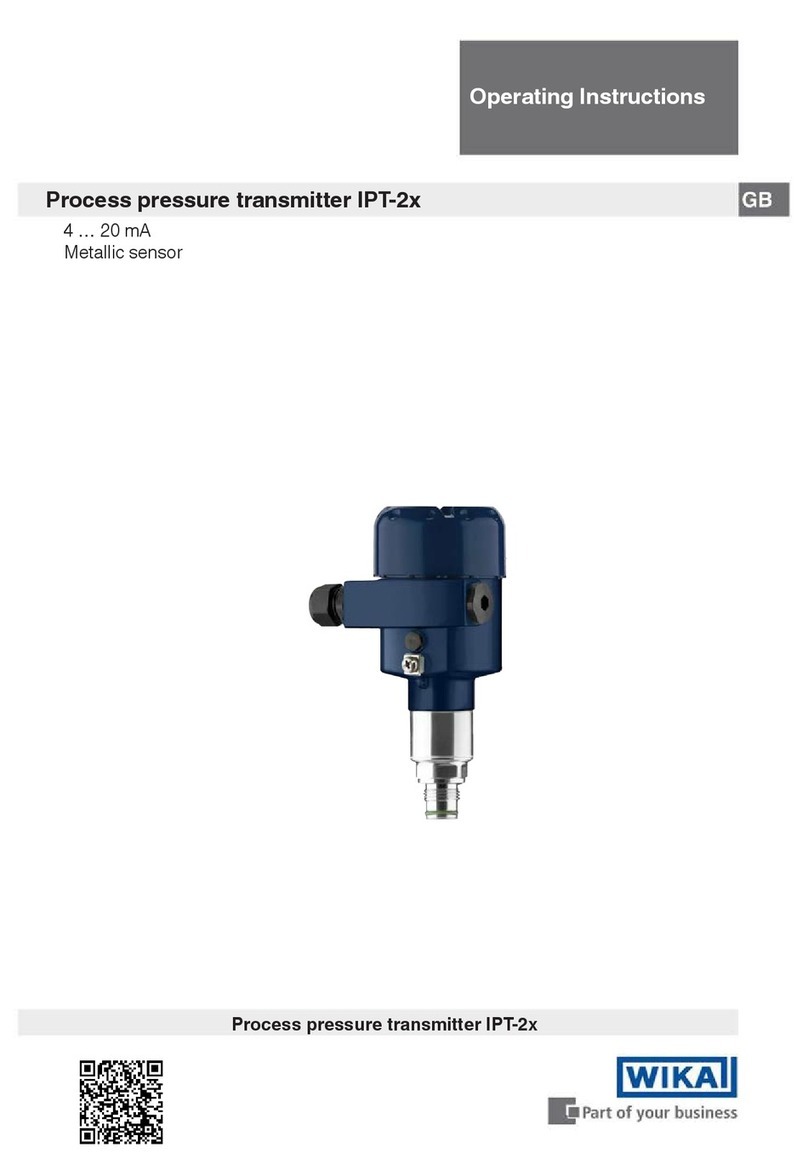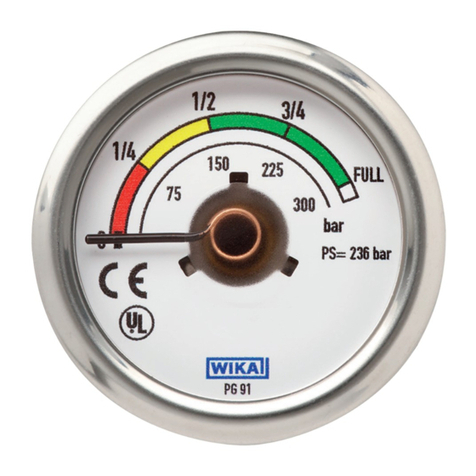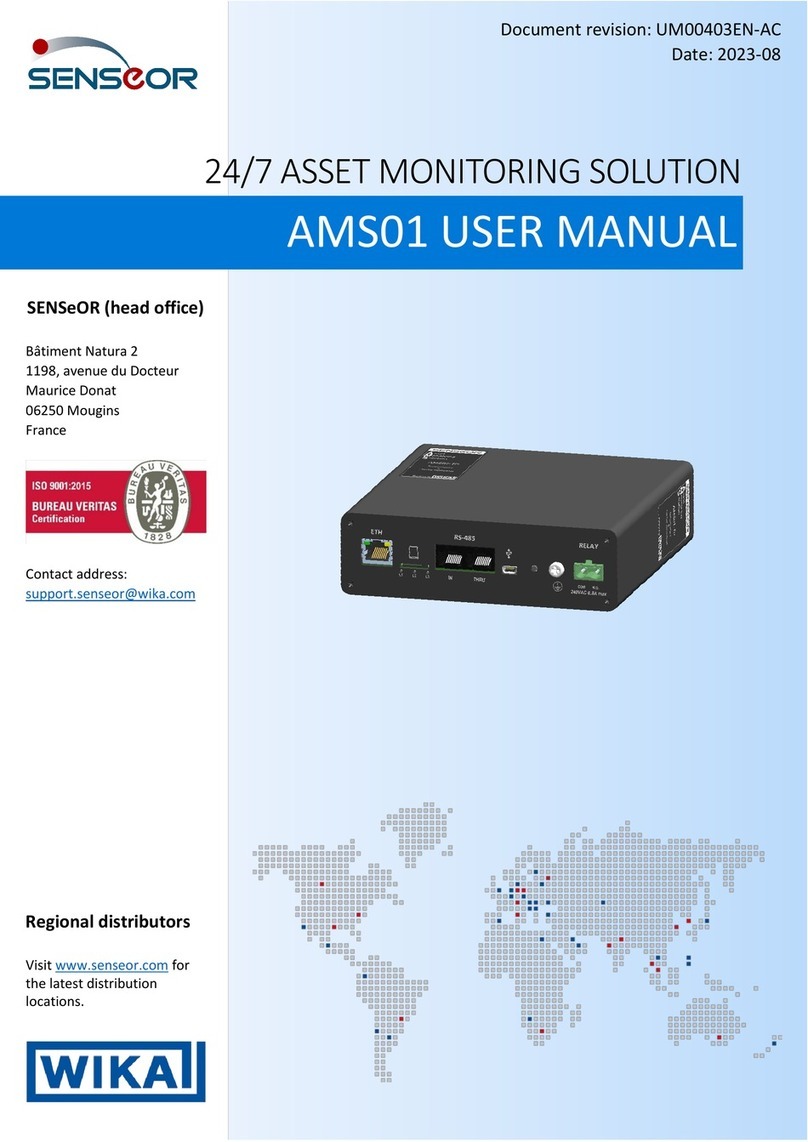WIKA 7000 Series User manual
Other WIKA Measuring Instrument manuals

WIKA
WIKA 712.15.160 User manual
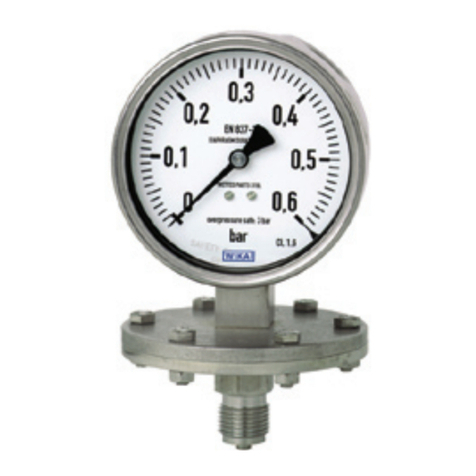
WIKA
WIKA 891.34 User manual

WIKA
WIKA NS 63 User manual
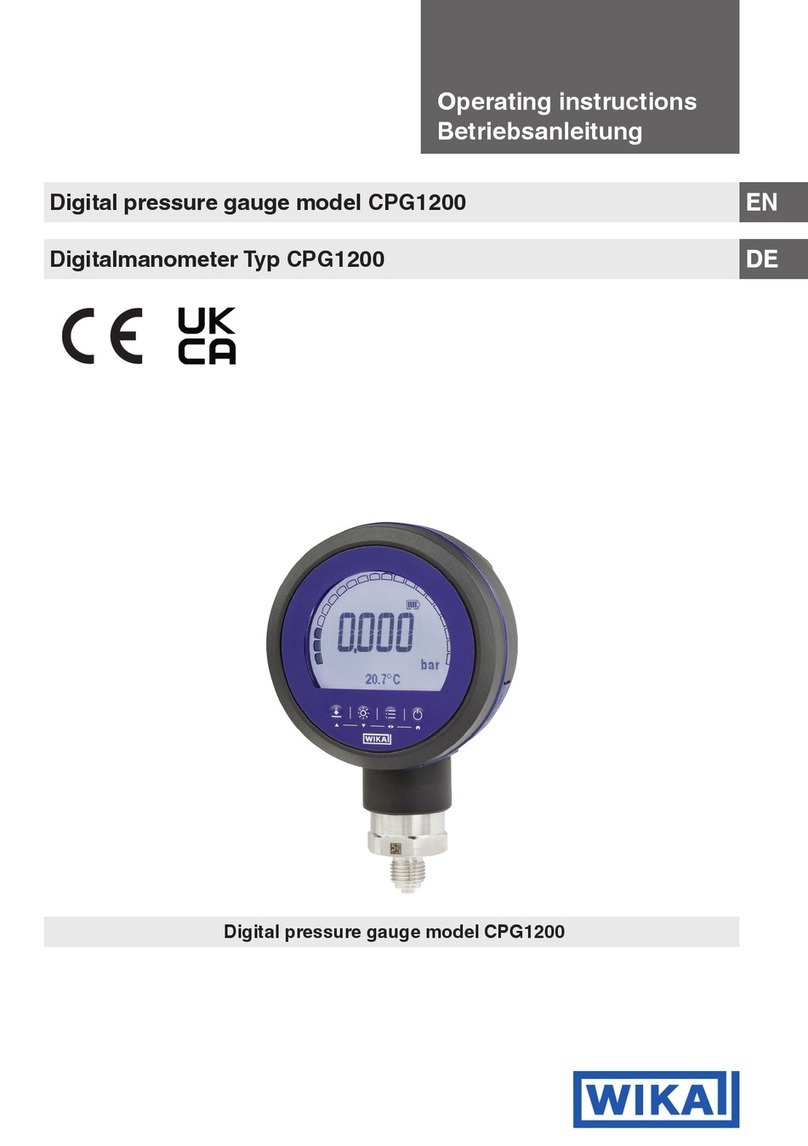
WIKA
WIKA CPG1200 User manual
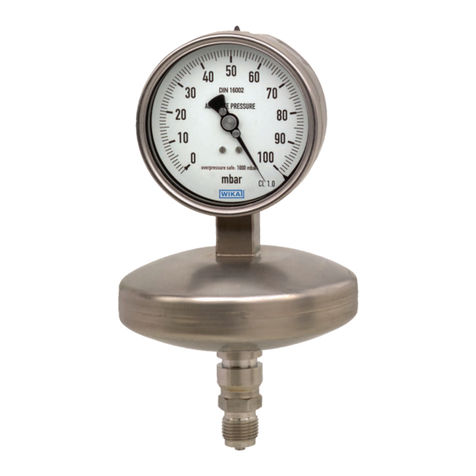
WIKA
WIKA 5 User manual
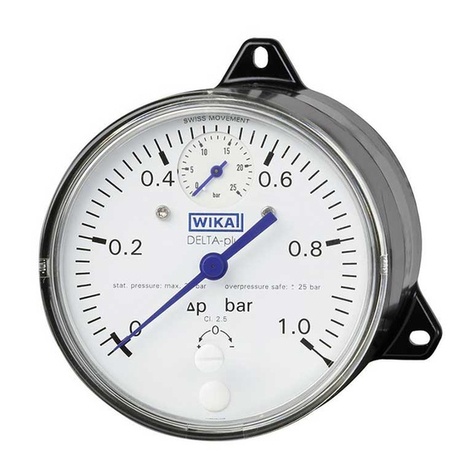
WIKA
WIKA Delta-plus User manual
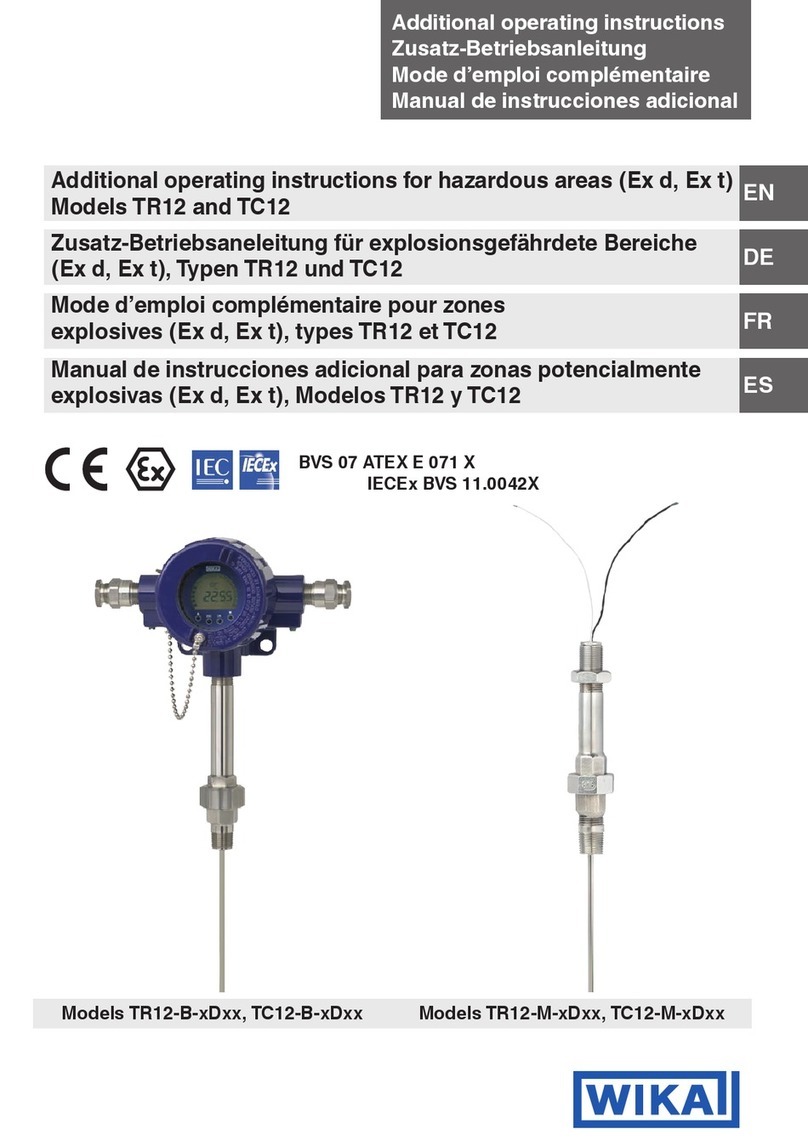
WIKA
WIKA TR12 Series Operating instructions
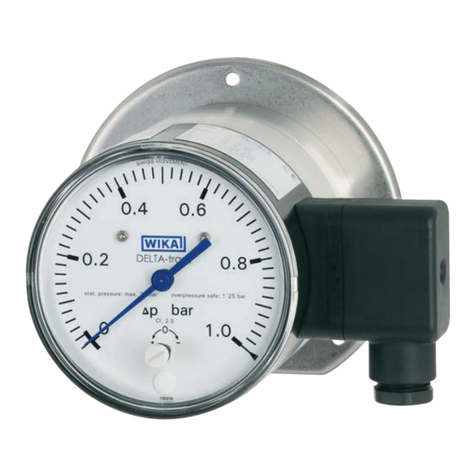
WIKA
WIKA DELTA-trans DPGT40 User manual
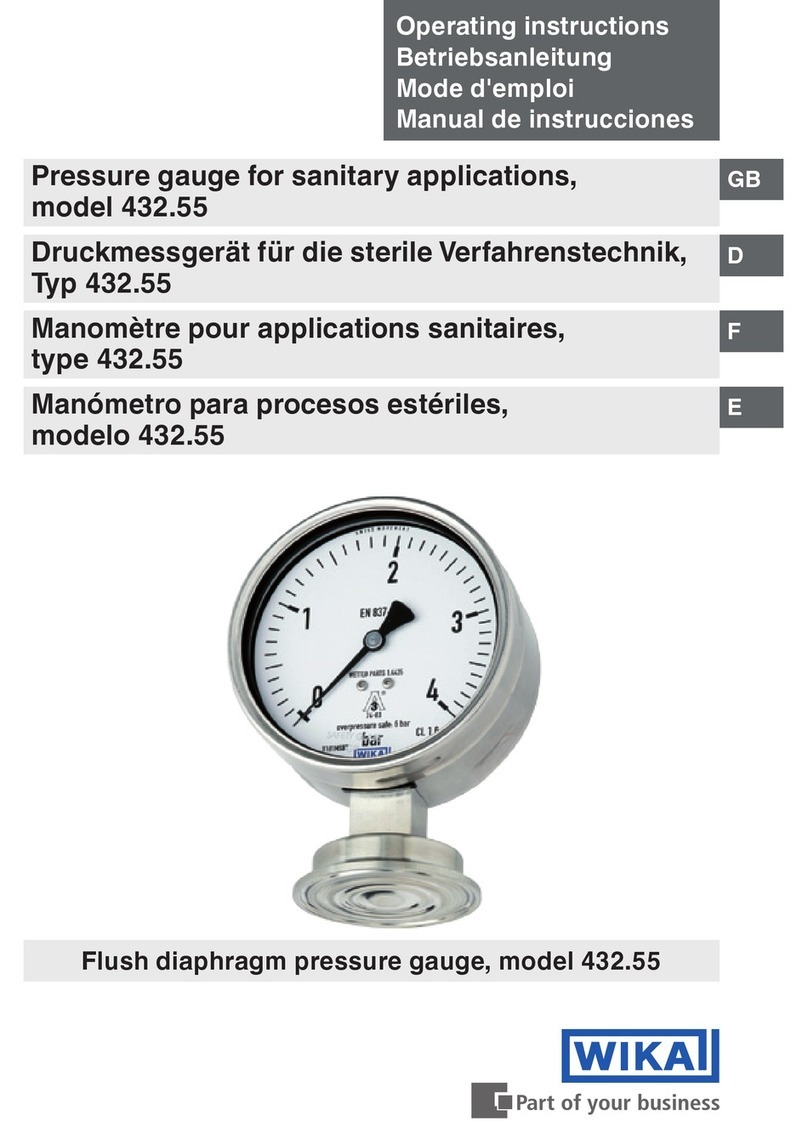
WIKA
WIKA 432.55 User manual
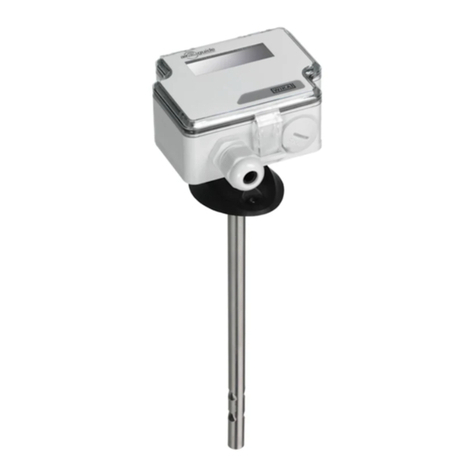
WIKA
WIKA air2guide A2G-20 User manual
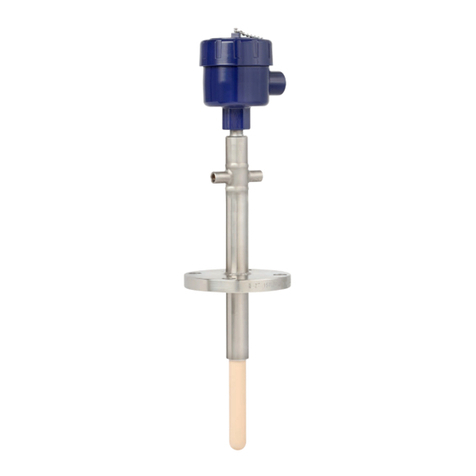
WIKA
WIKA TC82-F Installation manual
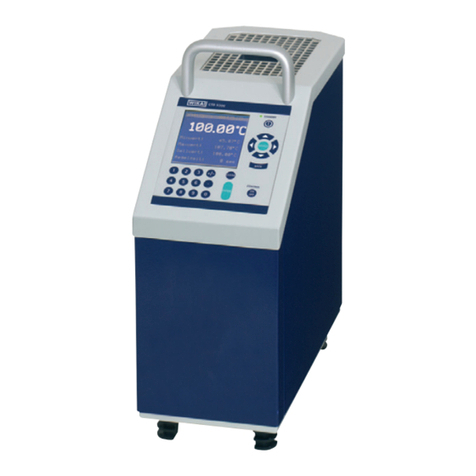
WIKA
WIKA CTD9300 Series User manual
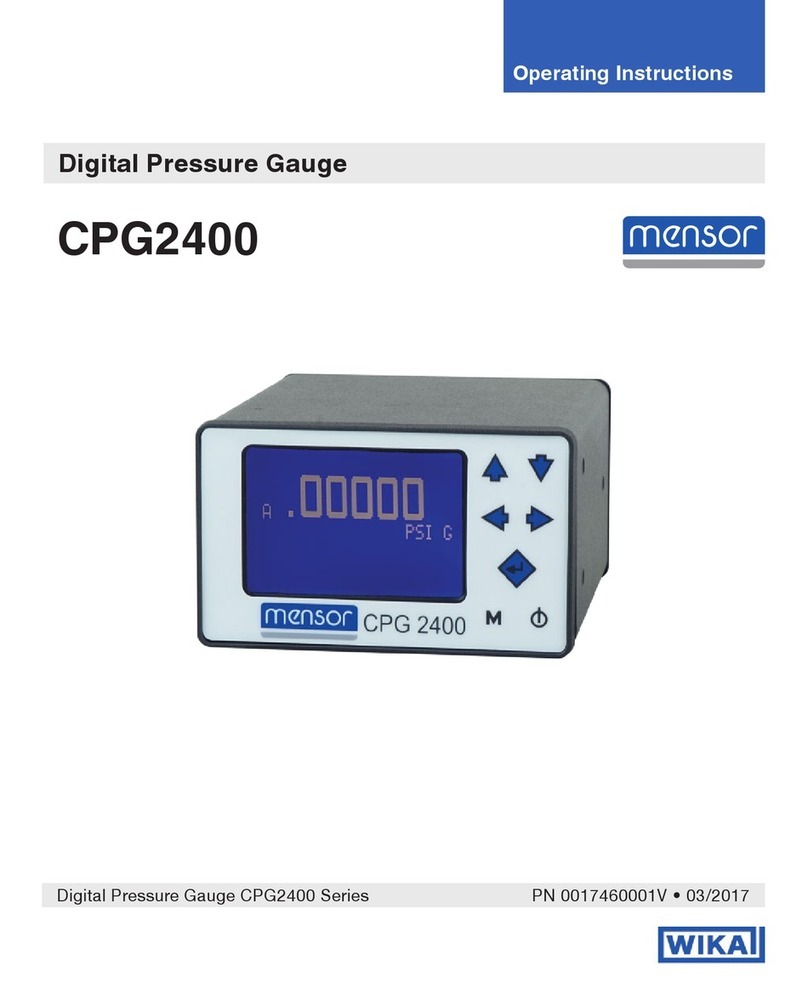
WIKA
WIKA mensor CPG2400 User manual
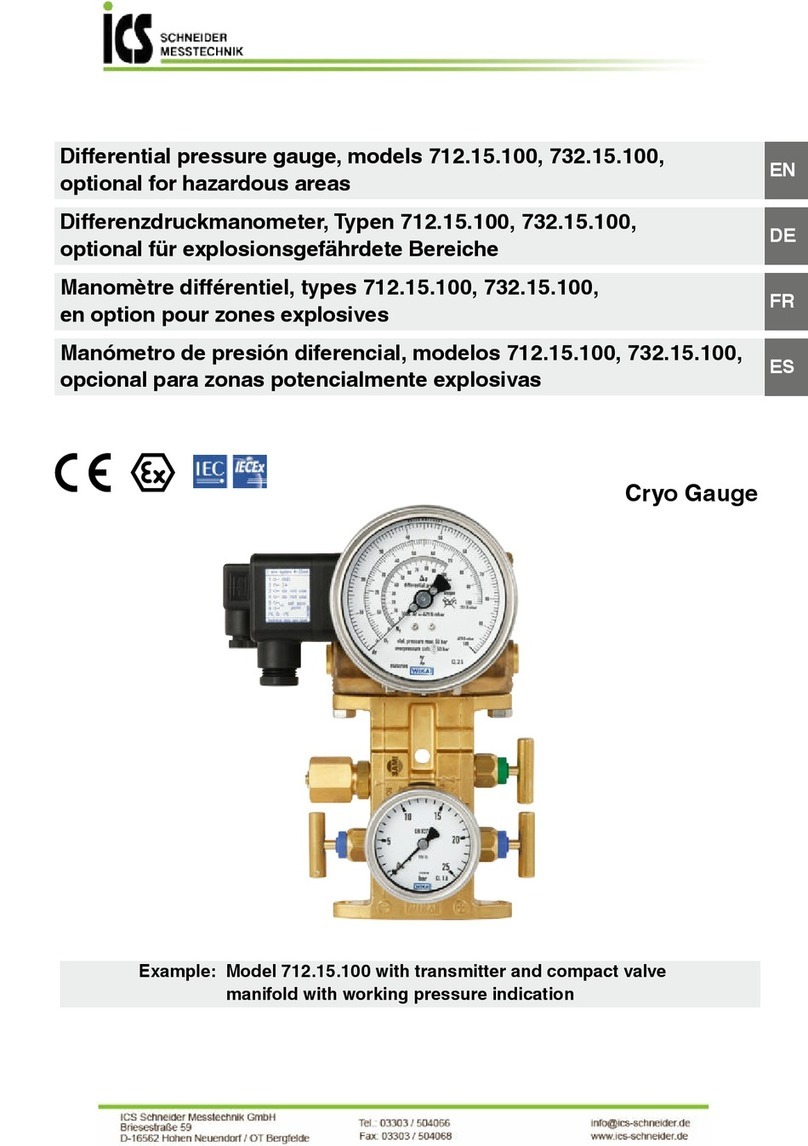
WIKA
WIKA 712.15.100 User manual
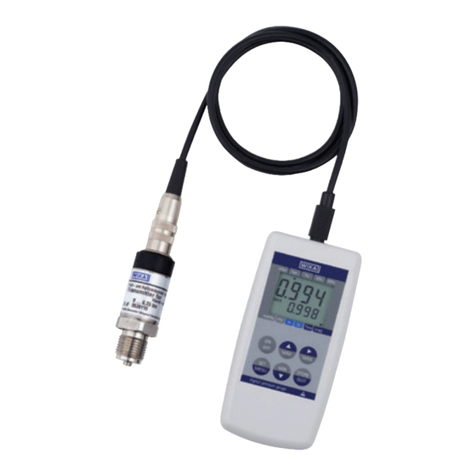
WIKA
WIKA CPH6200-S1 User manual

WIKA
WIKA DI35-D User manual

WIKA
WIKA PG43SA-S User manual
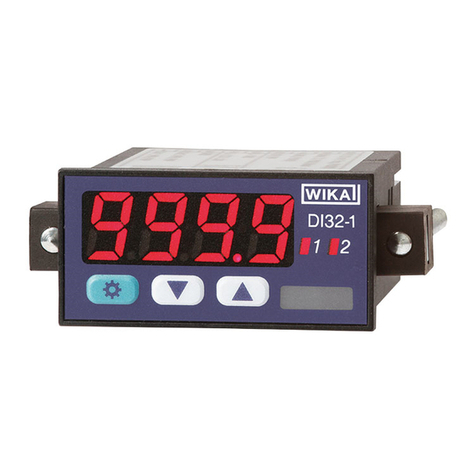
WIKA
WIKA DI32-1 User manual
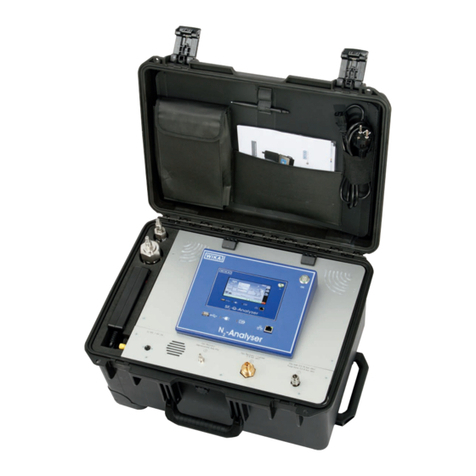
WIKA
WIKA GA11 User manual
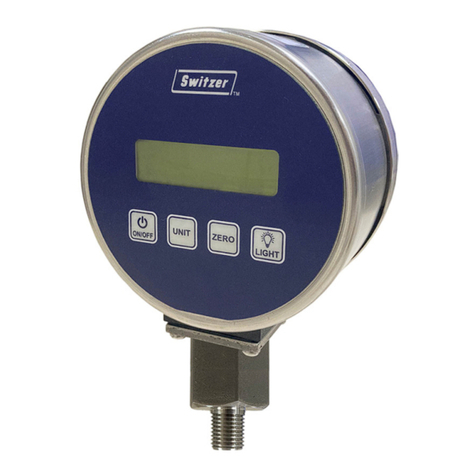
WIKA
WIKA DG-05 User manual
Popular Measuring Instrument manuals by other brands

Powerfix Profi
Powerfix Profi 278296 Operation and safety notes

Test Equipment Depot
Test Equipment Depot GVT-427B user manual

Fieldpiece
Fieldpiece ACH Operator's manual

FLYSURFER
FLYSURFER VIRON3 user manual

GMW
GMW TG uni 1 operating manual

Downeaster
Downeaster Wind & Weather Medallion Series instruction manual

Hanna Instruments
Hanna Instruments HI96725C instruction manual

Nokeval
Nokeval KMR260 quick guide

HOKUYO AUTOMATIC
HOKUYO AUTOMATIC UBG-05LN instruction manual

Fluke
Fluke 96000 Series Operator's manual

Test Products International
Test Products International SP565 user manual

General Sleep
General Sleep Zmachine Insight+ DT-200 Service manual
